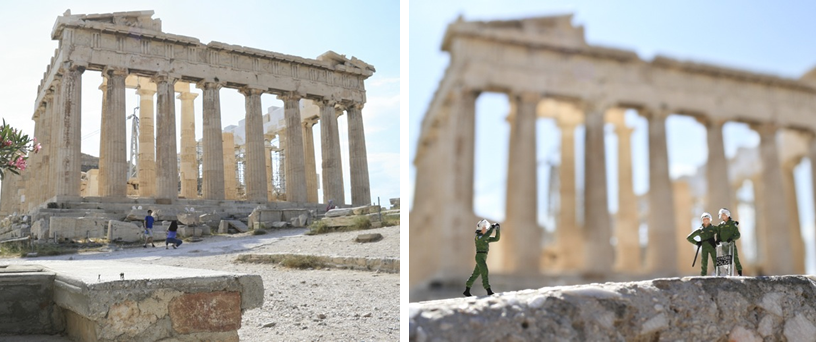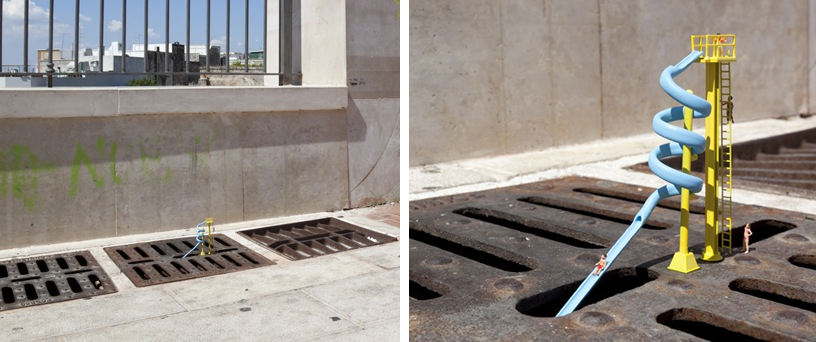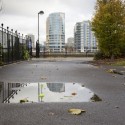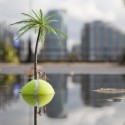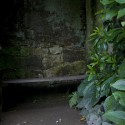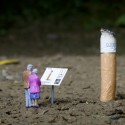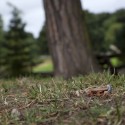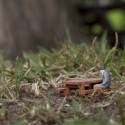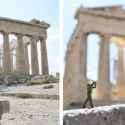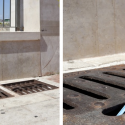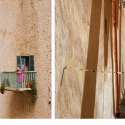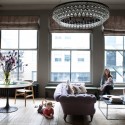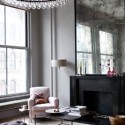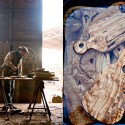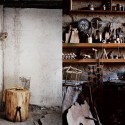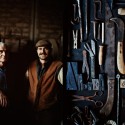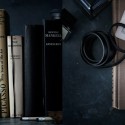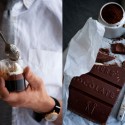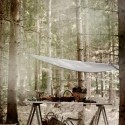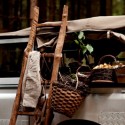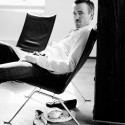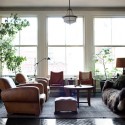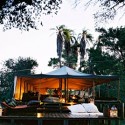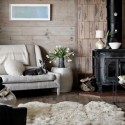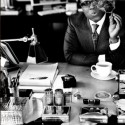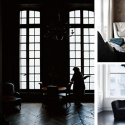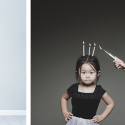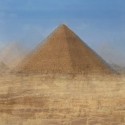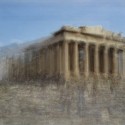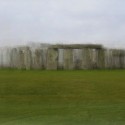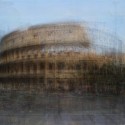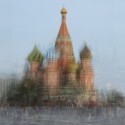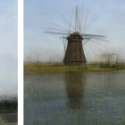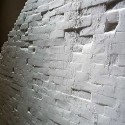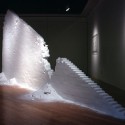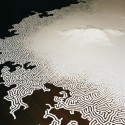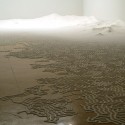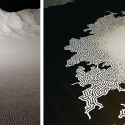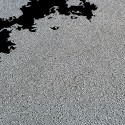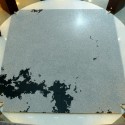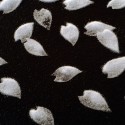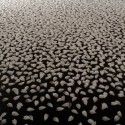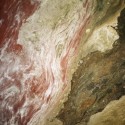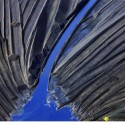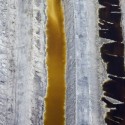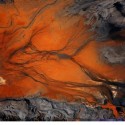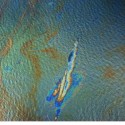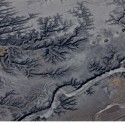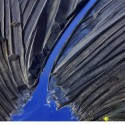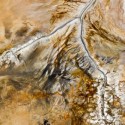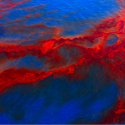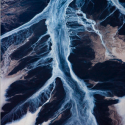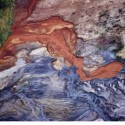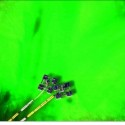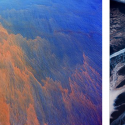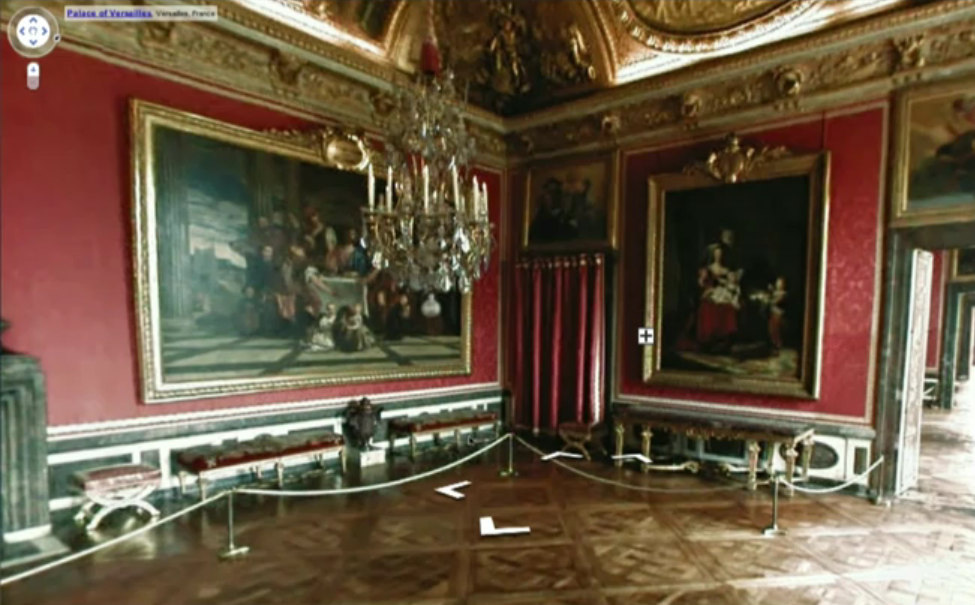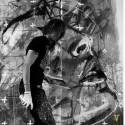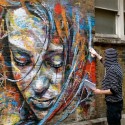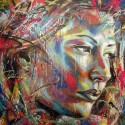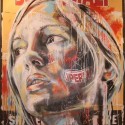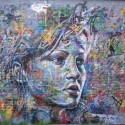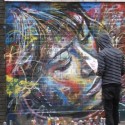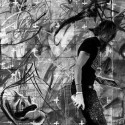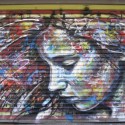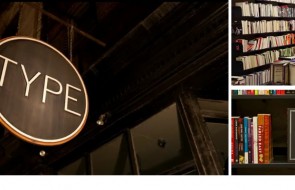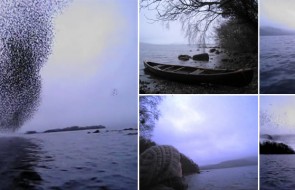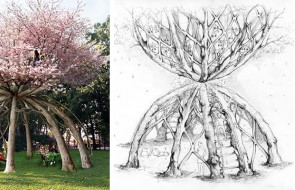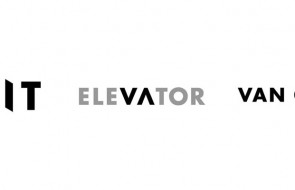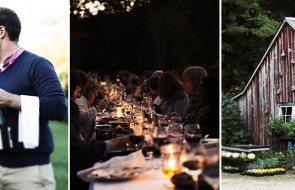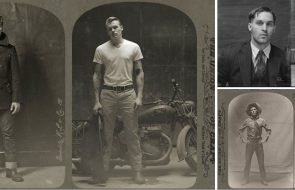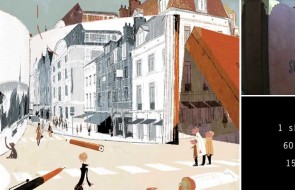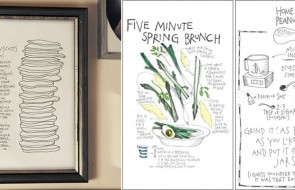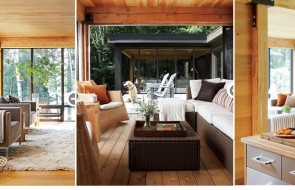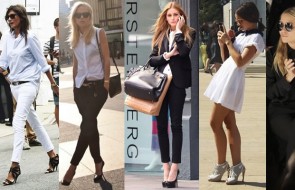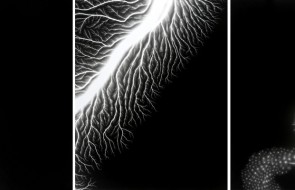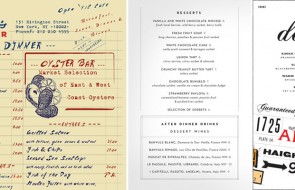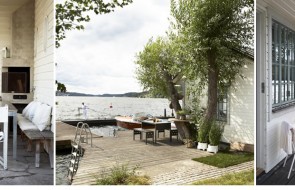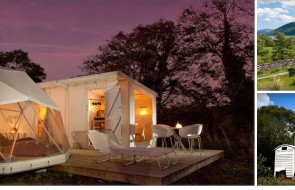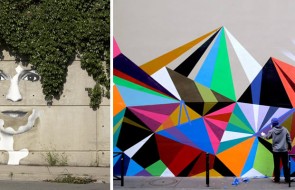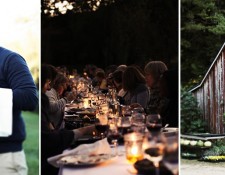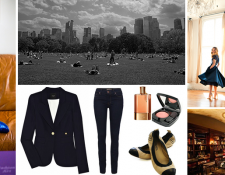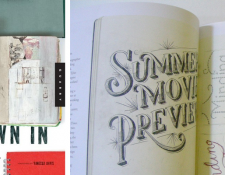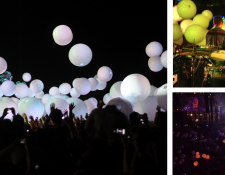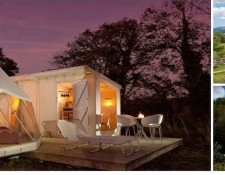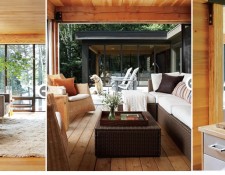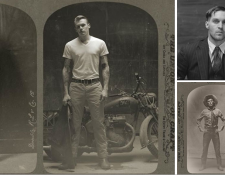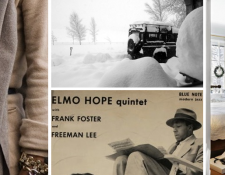Arts Visuels
Tiny Street Art
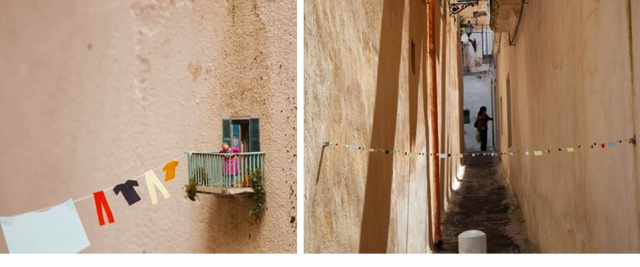
I LOVE these street art installations of tiny people in tiny vignettes by Slinkachu!
Slinkachu, a 28 year old British guy, takes people and parts sold by model train companies, paints and customizes them, and then creates these miniature scenes around various European cities.
Unlike most street art, which calls attention to itself via size (remember JR’s mammoth photography installations) or vibrant colors splashed up on public property (like David Walker’s amazing graffiti portraits), Slinkachu’s work sits quietly, only to be discovered and enjoyed by the most observant of passersby.
And what a delight they would be if you did come across one! Can you imagine one of these tiny things catching your eye, and you get closer to see what it is, only to discover a complete, carefully constructed little tableau that mirrors a plausible real-world scene? It would absolutely make my day!
The video below shows the water park installation with the speakers Slinkachu planted beneath the grate to play sounds of water splashing and kids playing! So if you saw this one, in addition to finding the little scene, it would actually sound like there’s a secret water park going on in the sewer system! It reminds me of some of the fun Amelie gets up to, making people question reality, even if just for a fraction of a second.
A fantastic example of injecting experiences of wonder into the world…
Arts Visuels
The Photography of Ditte Isager
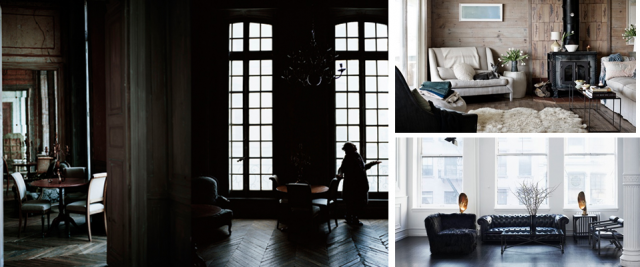
I’ve spent the last few days slowly taking in the portfolio of Danish photographer Ditte Isager bit by bit whenever I needed a quick, visually-fulfilling break from work. You know when you need those? You just need to soak up something wonderful looking? Well, Isager’s portfolio did the trick.
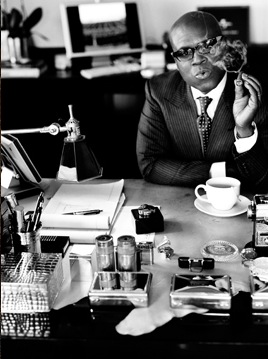
In addition to interiors like the ones above, she also shoots portraits, still life-esque assemblages, really anything… for Anthropologie, Vogue, Banana Republic… but what her various projects tend to have in common is this surreal moody light and atmosphere to them.
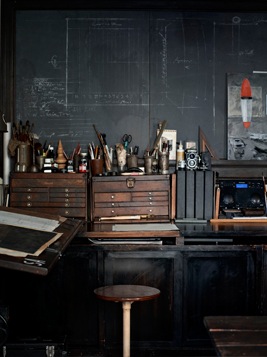
Similar to the amazing food photography by Katie Davies, her images often seem to have a Rembrandt-esque effect where the subjects seem to be just barely emerging from the shadows, and yet where they are lit, they are perfectly lit.
Arts Visuels
Jason Lee and his unique photography of his cute cute kids
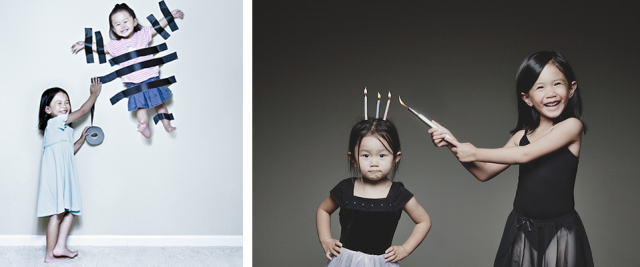
Loving photographer Jason Lee’s photography of his two (adorable) daughters! His technique– creating quirky sets and situations for “shoots” and using lighting similar to an editorial shoot style– is such a fresh and interesting take on photographing children.
It’s clearly not an approach that would work for everyone, but for someone with this kind of skill, it’s such a fun way to document their childhood– for him to do and for the family to have later on!
Plus, in an interview, Lee explained the origin of the project, and it makes the whole thing even more endearing. In 2006, his mother was diagnosed with lymphoma, and because his kids constantly had runny noses and little-kid-illnesses, they couldn’t see her. So, Lee started taking these photos and posting them to a blog as a way for his mother to see the girls and to cheer her up.
Arts Visuels
Tourist Photo Composites That Look Like Monets
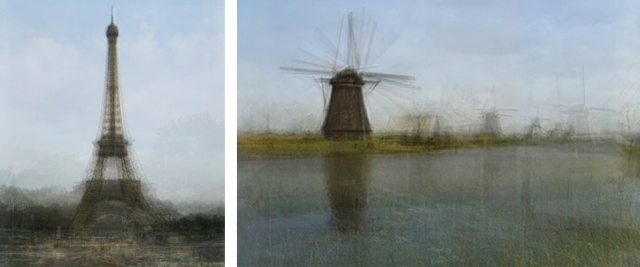
Artist Corinne Vionnet creates what at first appear to be Impressionist-style paintings by searching photo sharing sites using keywords for travel landmarks and then layering 200-300 of the photos of the same site on top of one another, creating this Impressionist effect.
The work is both catchy and amusing as well as slightly haunting and creepy, raising questions like, “Why do we take the same photos over and over? To prove we’ve been there?” “Is our experience of a place belittled and made tritewhen confronted with the reality that thousands of others have been there and chosen to capture the moment the exact same way?”
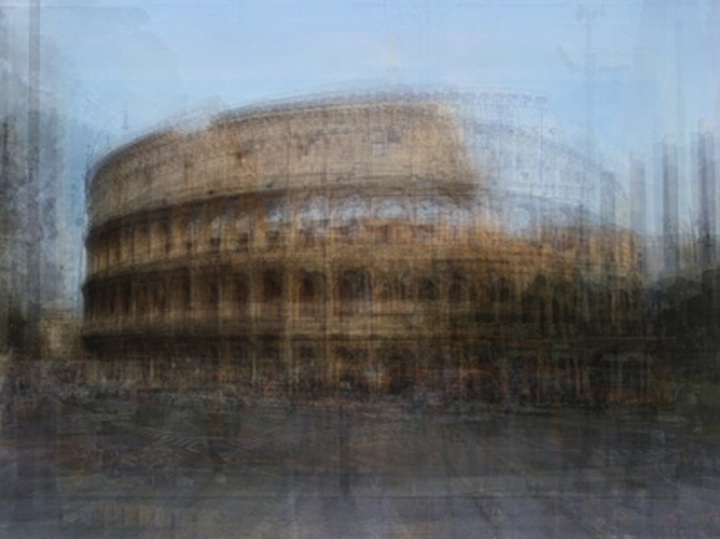
Or, one could see it as life and community-affirming in a way– even though so many have taken this same shot
before, it remains important and significant to the individual, and by taking the shot, and then uploading it to a photo sharing site, we all continue to contribute to a collective memory and to broaden the base of things we all as humans value and crave to experience.
I think this project could send me off on philosophical wonderings for quite a while, in a neverending argument with myself, so I’ll stop now and let you just enjoy this feat of technology. How cool is it that online photo sharing made something like this possible??
Ok and one final thought– a daydream I think about a lot that is relevant to this post– Have you ever wondered how many other people’s travel photos you appear in? Wouldn’t it be cool if face-recognition technology could scan photo-sharing sites and identify all the photos you’ve appeared in all over the world??
[via Fast Co.]
Arts Visuels
Yamamoto’s Salt Labytinths
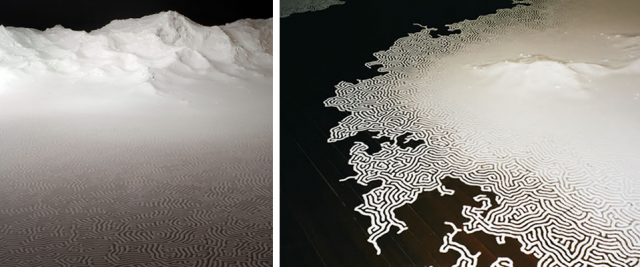
Most beautiful things made from unusual mediums will catch my eye (I think the fascination began with the work of Vik Muniz), and these salt creations by Motoi Yamamoto certainly fit the bill.
However, the rationale behind the medium in Yamamoto’s work ensures that it is not just beautiful, unusual, and wow-inducing for the time it takes to make, but also meaningful.
The artist began working with salt, which is significant in the mourning process in Japanese culture, after his sister died of brain cancer in 1994 at age 24 as a way of dealing with his grief and frustration. The labyrinths and complex patterns, according to Yamamoto, are meant to convey a sense of eternity.
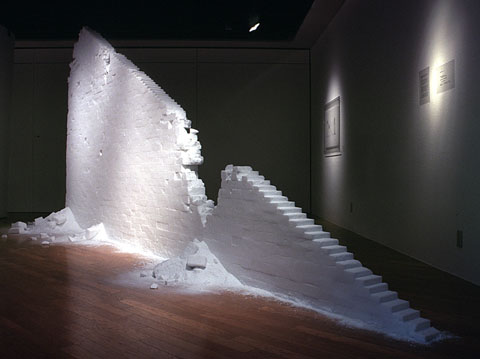
Don’t they also remind you of the raking in zen gardens? Knowing the reason for the use of salt, the pieces take on a highly meditative effect.
More at this NPR article.
Arts Visuels
Abstraction of Destruction
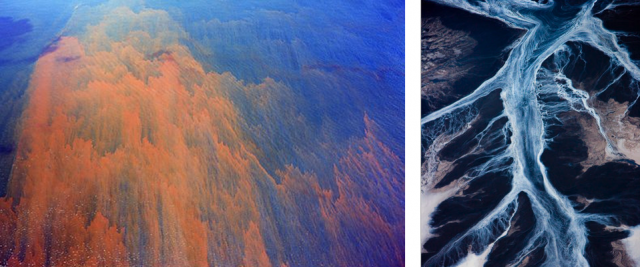
What you’re looking at above is:
At left: Oil floating on the Gulf of Mexico after the Deepwater Horizon spill.
At right: Residue stream of water and chemicals resulting from coal washing.
Freaky, right? The images appear so beautiful at first and could initially be thought to be colorful abstract paintings, and even once you realize they’re photographs, you’d probably think the colors have been manipulated and you’d still be wondering what they are photographs of. Where, you’d wonder, can colors like that be found?
Well, unfortunately, the answer is ‘at the sites of manmade waste and disaster.’ J. Henry Fair’s new exhibit, “Abstraction of Destruction,” at the Gerald Peters Gallery, draws our attention to the messes we are making in a roundabout way. No harsh photos of birds covered with oil or babies with birth defects; instead, we are drawn in by the other-worldly colors before we realize that they are the freakish by-products of our own manmade processes.
Check out the gallery for more images and captions describing what each image is. I think the grossest is from the bacon factory…
Arts Visuels
Google Art Project
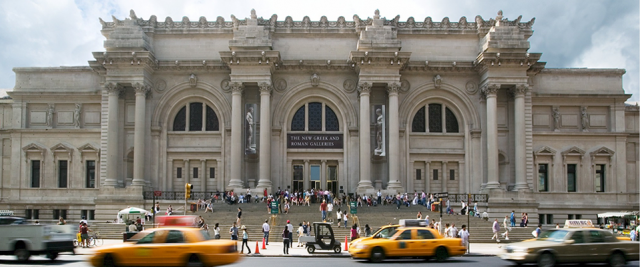
Have you seen this? Google’s new “Art Project” site uses their street view technology to allow you virtually tour participating art museums (right now 17 are on board)! You control where you move and “look” by clicking the in-picture arrows (just like on google maps street view), and you can click on a work to zoom in on it– and you can really zoom– check out the still from the video below showing the zoom on Starry Night.
I’m pretty sure this is a closer-up view than you could get even in-person since you have to stand a couple feet back when you’re in the museum and can’t put your eye three inches from the canvas!
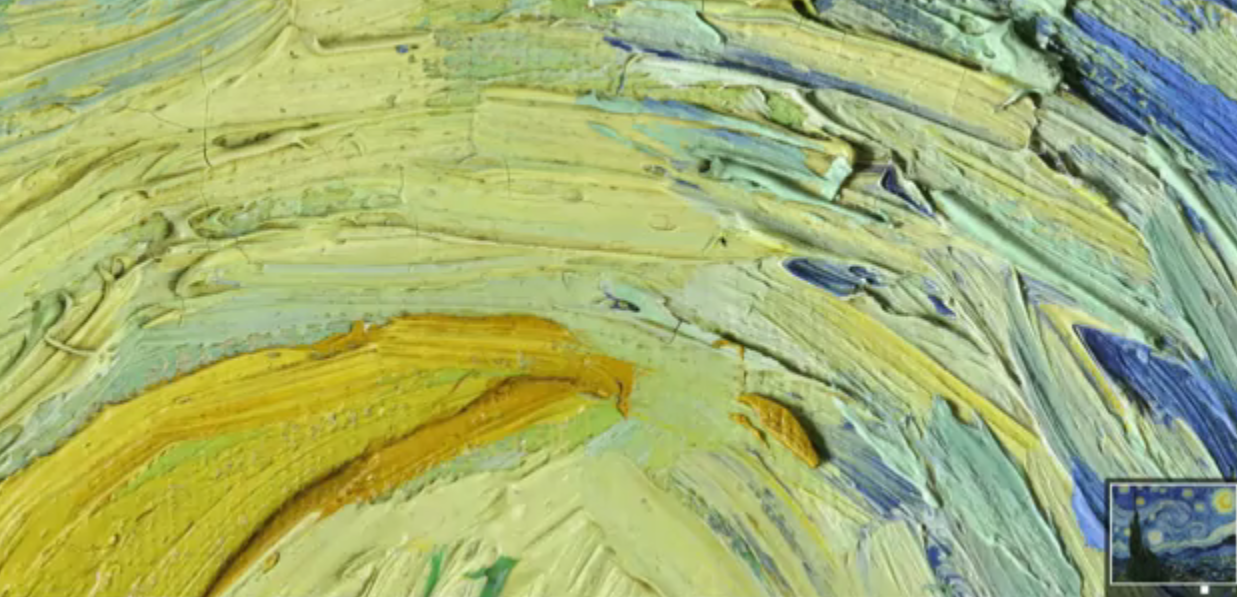
Here’s a screenshot showing what it looks like when you’re “in” one of the rooms. See the arrows on the floor? That’s how you pan around.
Check out the video to see how it works…
Even though I think this is super cool, I’m not sure I can totally tons of practical uses for this, except, I have to say, as an art history major at NYU, this would have been amazing for those assignments when you were instructed to go to a particular room at the MET or MoMA and pick a work to talk about it because you of course didn’t know exactly what was in that room, and hence there was no way around actually going to the museum. Which was fine, since I love museums, except when it was freezing and snowing and I hated having to trek uptown. Then, this little gizmo would have been AWESOME.
And regardless of the practical uses (or lack thereof), I love that Google used all its technology and wizardry to create something related to making art accessible! [via]
Arts Visuels
Gene Davis and Multicolored Stripes
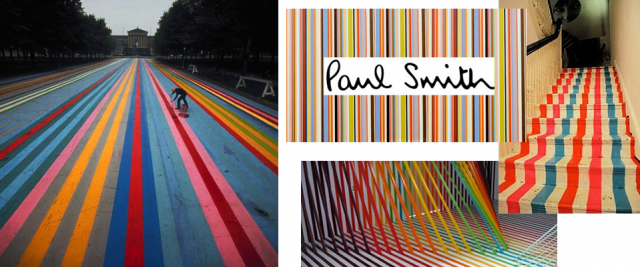
I came across the above street painting by Gene Davis today on Black*Eiffel and totally fell in love. Seriously, how could you not just love this street painting? How fun is that? I would be so elated if I stumbled across something like this in real life without expecting it. Nothing like an unexpected bit of creativity in the world.
Typically, Davis just painted stripes on canvases, but he did the one above street painting in Philadelphia, in front of the Philadelphia Museum of Art, and then in 1987 and again in 2007, a group got together to honor Davis (who had died in 1985) by painting a similar scheme on a street in D.C., where the artist had lived for most of his life.
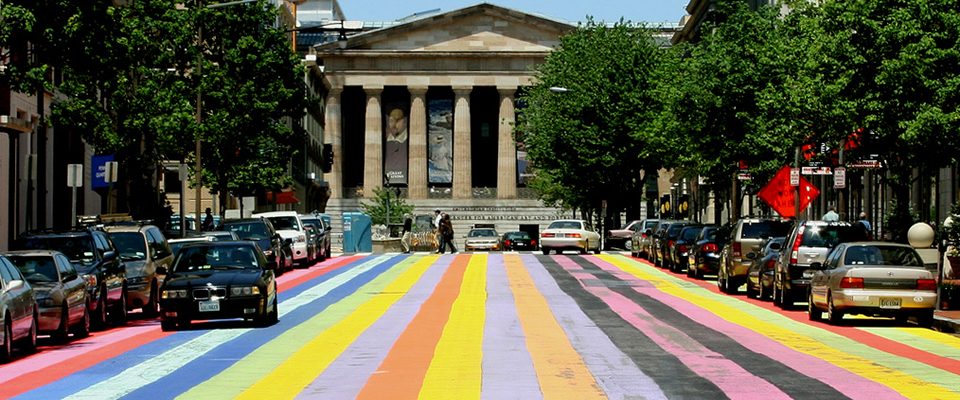
But in addition to loving the street paintings, this sent me into a multicolored stripe-inspiration frenzy. Paul Smith has used multicolored stripes to great effect, as has Kate Spade on the stairs of the London store. I’m also a big fan of the multicolored stripes used in Rebecca Ward’s tape installations and even Ball-Nogues Studio’s thread installations. Now I’m wondering if they were all inspired by Gene Davis! Isn’t cool how your picture of the world keeps making more sense as you learn more and can piece together what/who inspired what/whom?
It makes me want to paint some bright stripes somewhere fun and unexpected. Maybe the inside of my medicine cabinet doors?
Arts Visuels
Jan Fabre at Art Basel Miami
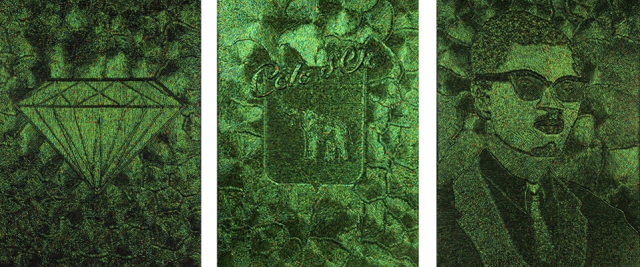
At Art Basel Miami back in December, in addition to Seydou Keita, the other exhibit that majorly caught my eye was this series by Jan Fabre.
Each of these iridescent, irresistibly shiny pieces is about eight feet tall, so it is hard not to notice them, but then they become much more intriguing when you realize that their enticing appearances and glossy surfaces belie a controversial subject– the Belgian Congo.
THEN, you read the placard to see what that shiny green stuff is, as it is slightly dimensional and doesn’t seem to be paint (maybe a synthetic thread, woven into images?), and find out they are BEETLE SHELLS.
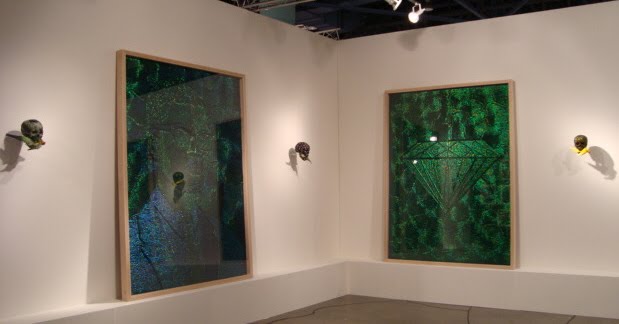
So now you realize you have a fraught subject represented not only in a rather eerily beautiful way, but also that the medium that underlies the intense shine of the facade is totally creepy (for a lack of a less-pun-ish, more erudite term), and the entire exhibit takes on a chilling effect that turns out to be perfectly appropriate for representing the colonial period unforgettably described by Heart of Darkness. You are literally looking at pieces that appear beautiful but have a heart of darkness. Pretty powerful. Oh, and in between the large canvases, in a rather Damien Hirst-esque move, are beetle-covered skulls with beautiful (taxidermied) birds in their mouths.
Interestingly, Fabre also once covered a ceiling (and chandelier) in the Belgian palace in over a million beetle carapaces:
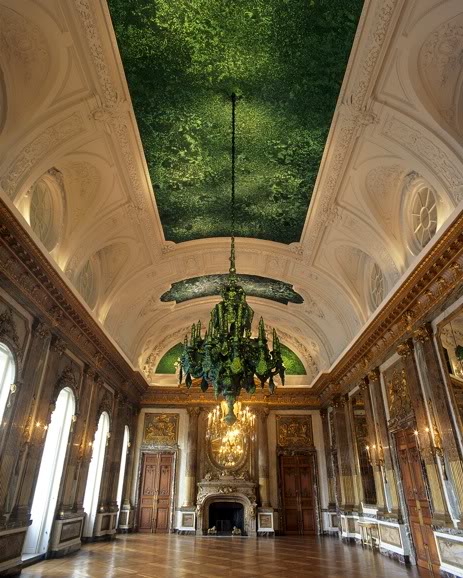
For more on Jan Fabre, check out the gallery that presented this exhibit– Magazzino, out of Rome.
Arts Visuels
David Walker’s Graffiti Portraits
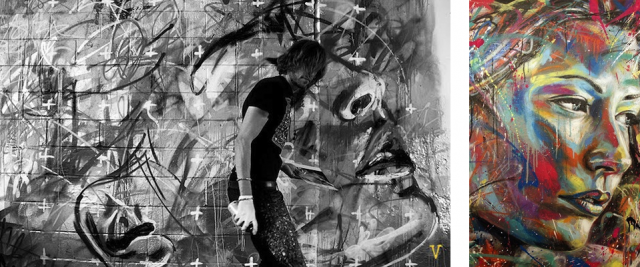
Graffiti’s place in society is an ever-evolving topic, one that totally fascinates me (as is probably no surprise if you’ve read this blog for a while), as the debate rolls on about public space (and its defacement), the use of public art to draw attention to an issue, art that cannot be collected, etc.
David Walker’s graffiti portraits add a new dimension to the street art debate. Though I’m sure his work is not totally unprecedented, I, at least, have never seen a classical subject like portraiture (or landscape, etc) approached through the medium of spraypaint, in a public place, and executed in a traditional style (the faces are three-dimensional representations with shadows and lights and darks, not just abstract lines or cartoon-style flattened figures). How wonderful to be walking down the street and see a huge, vibrant portrait?
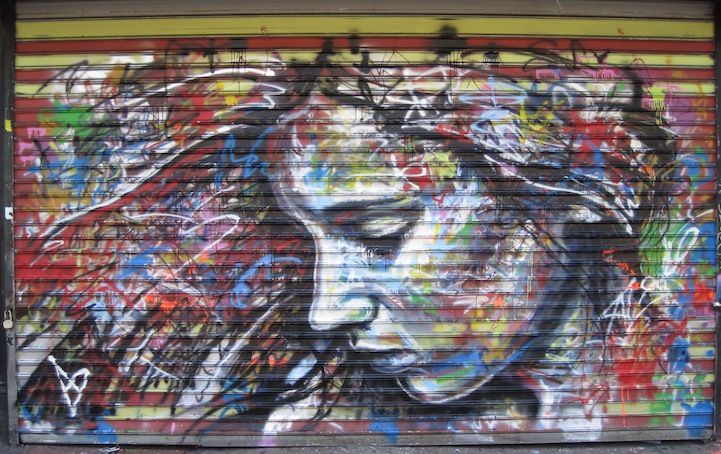
It’s like Jackson Pollock’s removal of the brushstroke meets Warhol’s use of pop colors for representations of people meets de Kooning’s figurative expressionism meets public art! Such an interesting intersection of art historical influences and the place of art in society it makes my little heart pound. I love it. Oh, and Walker’s only been painting for three years.

